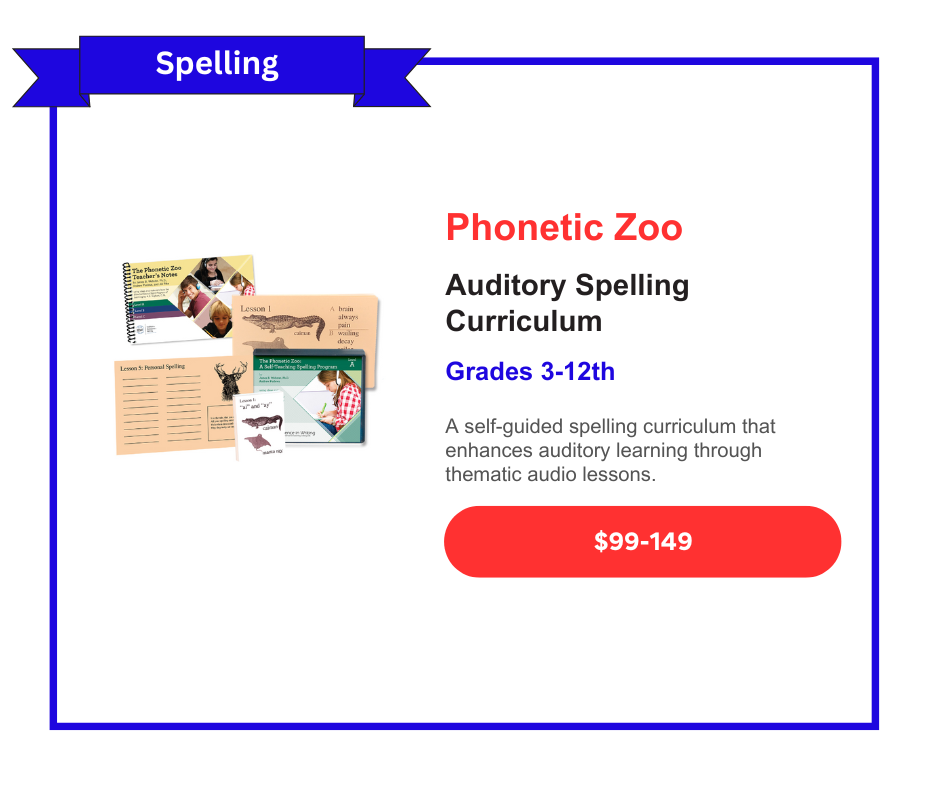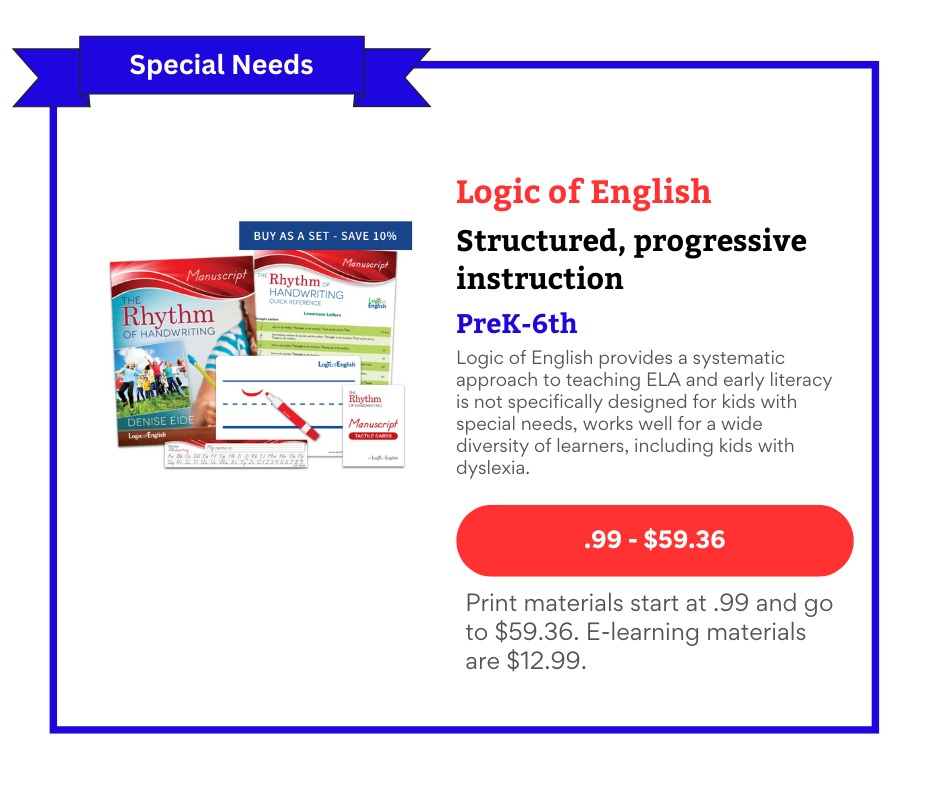NYT Spelling Bee
The New York Times Spelling Bee was conceived by Frank Longo at the suggestion of Will Shortz, inspired by the word game Polygon. Launched in print in 2014 as a weekly feature in The New York Times Magazine, the game transitioned to a daily digital format in 2018. Designed to engage word enthusiasts, Spelling Bee quickly became a favorite among The New York Times' suite of games, largely due to its unique format and the challenge it offers to its players (Wikipedia).
Differentiation: What Makes NYT Spelling Bee Special
The New York Times Spelling Bee stands out for its distinctive gameplay, where players form words from a set of seven unique letters arranged in a honeycomb pattern, with the central letter required in each word. This setup encourages players to think creatively and strategically about word formation. The game also integrates social elements, allowing players to compare scores and engage with a community of fellow word game enthusiasts (The New York Times Company).
How to Get Started
To begin playing the NYT Spelling Bee, subscribe to The New York Times Games. Access is available through the NYT website or its dedicated games app. The game is updated daily, providing fresh challenges regularly (The New York Times Company).
How It Works: A Guide for Homeschoolers
For homeschooling, the NYT Spelling Bee can be a flexible and engaging educational tool. Recommended usage is about 15-30 minutes per day, allowing students to explore new words and patterns at their own pace. The game is mostly independent but can be facilitated by a parent to discuss word choices and strategies, making it a versatile addition to daily learning activities (The New York Times Company).
What Educational Concepts It Teaches
Vocabulary expansion
Spelling accuracy
Word pattern recognition
Strategic thinking and planning
Cognitive flexibility
What’s Good About It
Users appreciate the NYT Spelling Bee for its challenging yet accessible puzzles that cater to both novice players and seasoned linguists. The game's daily updates keep the content fresh, while the social features allow for community interaction and competition, which adds a layer of excitement to the learning process (The New York Times Company).
What Could Be Improved
While highly engaging, some users find the game's difficulty spikes somewhat inconsistent, which can be either thrilling or frustrating. Additionally, the reliance on a subscription model limits access for those who might benefit from the game but are unwilling or unable to subscribe (The New York Times Company).
Any Advice from Parents on How to Get the Most Out of It
Parents recommend setting regular play times to integrate the game smoothly into educational routines. Encouraging children to 'beat the puzzle' or reach the 'Genius' level can motivate them to expand their vocabulary and improve their spelling skills in a fun, game-like setting (The New York Times Company).
Who It’s an Ideal Fit For
The NYT Spelling Bee is perfect for students who enjoy word games and have a knack for spelling and vocabulary. It suits those who thrive in self-directed learning environments where they can challenge themselves daily (The New York Times Company).
Who It’s Probably Not a Fit For
It may not suit students who prefer highly structured or guided learning activities, as the game requires players to self-motivate and explore words independently without much direct instructional support (The New York Times Company).
Grades
The NYT Spelling Bee is suitable for a broad range of ages but is best geared towards students from middle elementary through high school, roughly grades 3-12.
Cost
Access to the NYT Spelling Bee is included in a subscription to The New York Times Games, which costs approximately $40 per year (The New York Times Company).
Ways to Get It
The game can be accessed through a subscription purchased on The New York Times website, with applications available for both iOS and Android devices, providing a flexible platform for players to engage with the game across different devices (The New York Times Company).
Affiliate Disclaimer: Some links on our site are affiliate links, which means Modulo may earn a small commission if you purchase through them (at no cost to you). Rest assured, we only recommend resources we’ve rigorously vetted and truly love—affiliate link or not. Thank you so much for supporting our work!






Discover Touch-Type Read and Spell (TTRS), a program uniquely designed to support dyslexics with typing, reading, and spelling through an engaging, multi-sensory approach. Read our in-depth review to see how it can benefit learners across all grades.